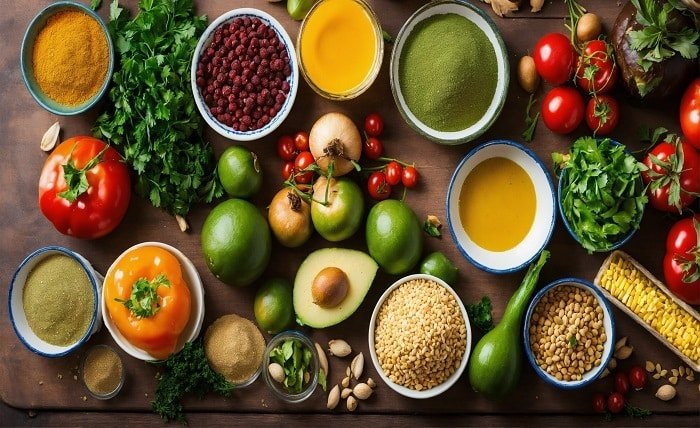Introduction:
In our quest for optimal health, we often focus on the flesh of fruits and vegetables while discarding the peels without a second thought. However, what many don’t realize is that these peels are treasure troves of essential nutrients and fibers that can significantly boost our well-being. Join us as we delve into the nutritional benefits of consuming peels, courtesy of WellHealthOrganic.com.
The Power of Peels: Unveiling Hidden Nutrients
Peels are often packed with nutrients like vitamins, minerals, and antioxidants that are vital for our health. By consuming peels, we unlock these hidden treasures and amplify the nutritional value of our meals.
Fiber-Rich Goodness: Supporting Digestive Health
Fiber is essential for maintaining a healthy digestive system, and peels are rich in this dietary fiber. Including peels in your diet can aid digestion, prevent constipation, and promote a feeling of fullness, supporting overall gut health.
Antioxidant Arsenal: Fighting Free Radicals
Peels contain potent antioxidants that help combat oxidative stress and neutralize harmful free radicals in the body. Incorporating peels into your diet can bolster your body’s defense mechanisms and reduce the risk of chronic diseases.
Nutrient Density: Maximizing Your Daily Intake
Nutrient density refers to the concentration of vitamins and minerals in a food item relative to its calorie content. Peels often boast high nutrient density, allowing you to maximize your daily intake of essential nutrients without consuming excess calories.
Environmental Impact: Reducing Food Waste
By utilizing peels in our cooking and meal preparation, we contribute to reducing food waste and promoting sustainable practices. Embracing the whole fruit and vegetable, including the peel, aligns with environmentally conscious living and fosters a more sustainable food system.
Safety Precautions: Ensuring Proper Preparation
While peels offer numerous health benefits, it’s crucial to practice proper food safety and preparation techniques. Thoroughly wash fruits and vegetables before consuming or cooking with their peels to remove any potential contaminants.
Conclusion:
Incorporating peels into your diet is a simple yet effective way to enhance your nutritional intake and promote overall well-being. With WellHealthOrganic.com, you can explore a variety of organic fruits and vegetables and unlock the health benefits hidden within their peels. Embrace the power of peels today and embark on a journey towards a healthier lifestyle.
FAQ:
Q1: Are fruit and vegetable peels safe to eat?
A1: In most cases, yes. However, it’s essential to wash them thoroughly to remove any dirt, pesticides, or contaminants.
Q2: Can eating peels help with weight loss?
A2: Peels are rich in dietary fiber, which can promote satiety and aid in weight management when consumed as part of a balanced diet.
Q3: Are there any fruits or vegetables whose peels should not be eaten?
A3: Some fruits and vegetables may have thicker or waxier peels that are less palatable or difficult to digest. It’s best to research or consult with a nutritionist for specific recommendations.
Q4: How can I incorporate peels into my diet?
A4: You can eat peels raw, cook them into dishes, or blend them into smoothies for an added nutritional boost.
Q5: Are there any risks associated with eating fruit and vegetable peels?
A5: While rare, some individuals may have allergies or sensitivities to certain fruit or vegetable peels. It’s always advisable to start with small amounts and monitor any adverse reactions.
Q6: Can I compost fruit and vegetable peels?
A6: Yes, composting peels is an excellent way to reduce food waste and create nutrient-rich soil for gardening.






